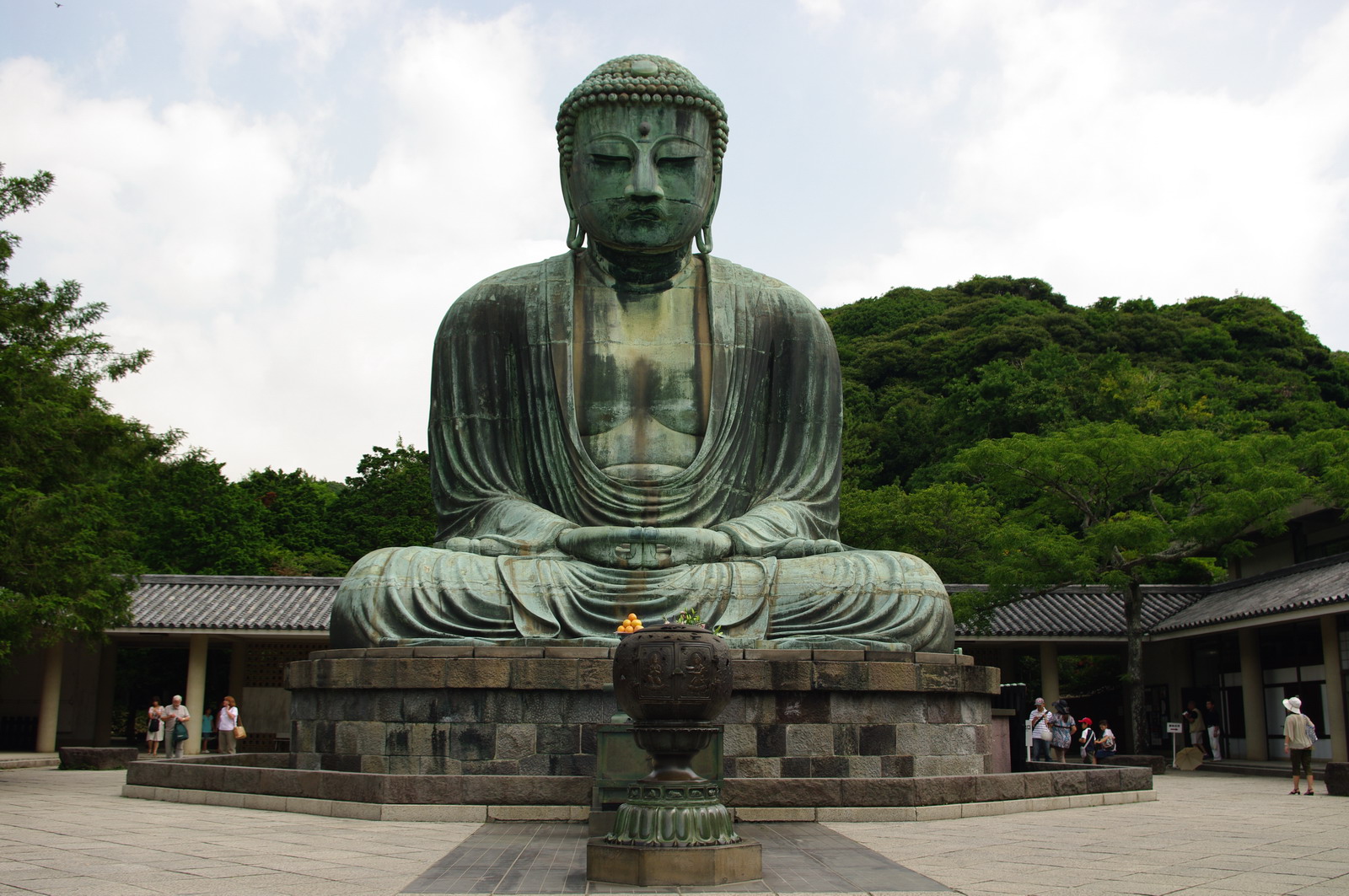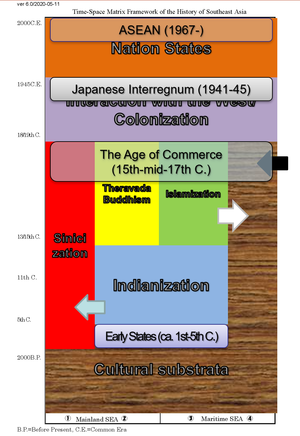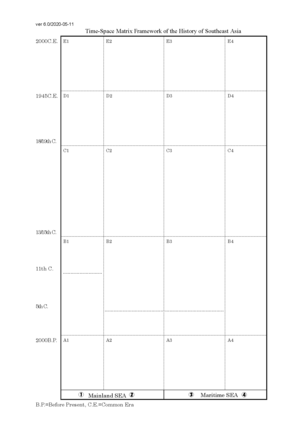This week, first, we discussed the characteristics of traditional Chinese religion, in which Buddhism, Taoism and Confucianism are practised without excluding each other.
After this, we discussed a significant change in the Asian immigration pattern in Southeast Asia that took place in the nineteenth century.
In this change, the British had a decisive role, first, by founding commercial centers in Singapore in 1819 and other Malay coastal settlements (creating labour demand), and, second, by opening up China as a result of the Opium Wars (making possible for Chinese to go abroad).
The internal instability in the late 19th century China, caused by famines and social unrest (the Taiping rebellion, 1850-64), forced many impoverished Chinese to go abroad, including Southeast Asia, seek fortune (creating labour supply). Those Chinese labourers, called coolies "苦力", worked in various sectors, including construction, shipping, agriculture, and mining, under the indentured labour system (where a worker was bound by a contract).
When the Second World War (1939) brought an abrupt end to this situation, the Chinese population already occupied nearly 40% of Malay's total population.
We also paid attention to the situations in Mainland Southeast Asia, where the assimilation of Chinese immigrants into the local populations happened more extensively.
Finally, we discussed the two types of Chinese immigrants: sojourners "華僑" and settlers "華人".
In the following weeks, based on Chapter 8 of Osborne's book ("The Years of Illusion: Southeast Asia Between the Wars, 1918-1941), we will look into the emergence of nationalism in Southeast Asia during the two world wars, taking Vietnam and Indonesia as two prominent examples.



